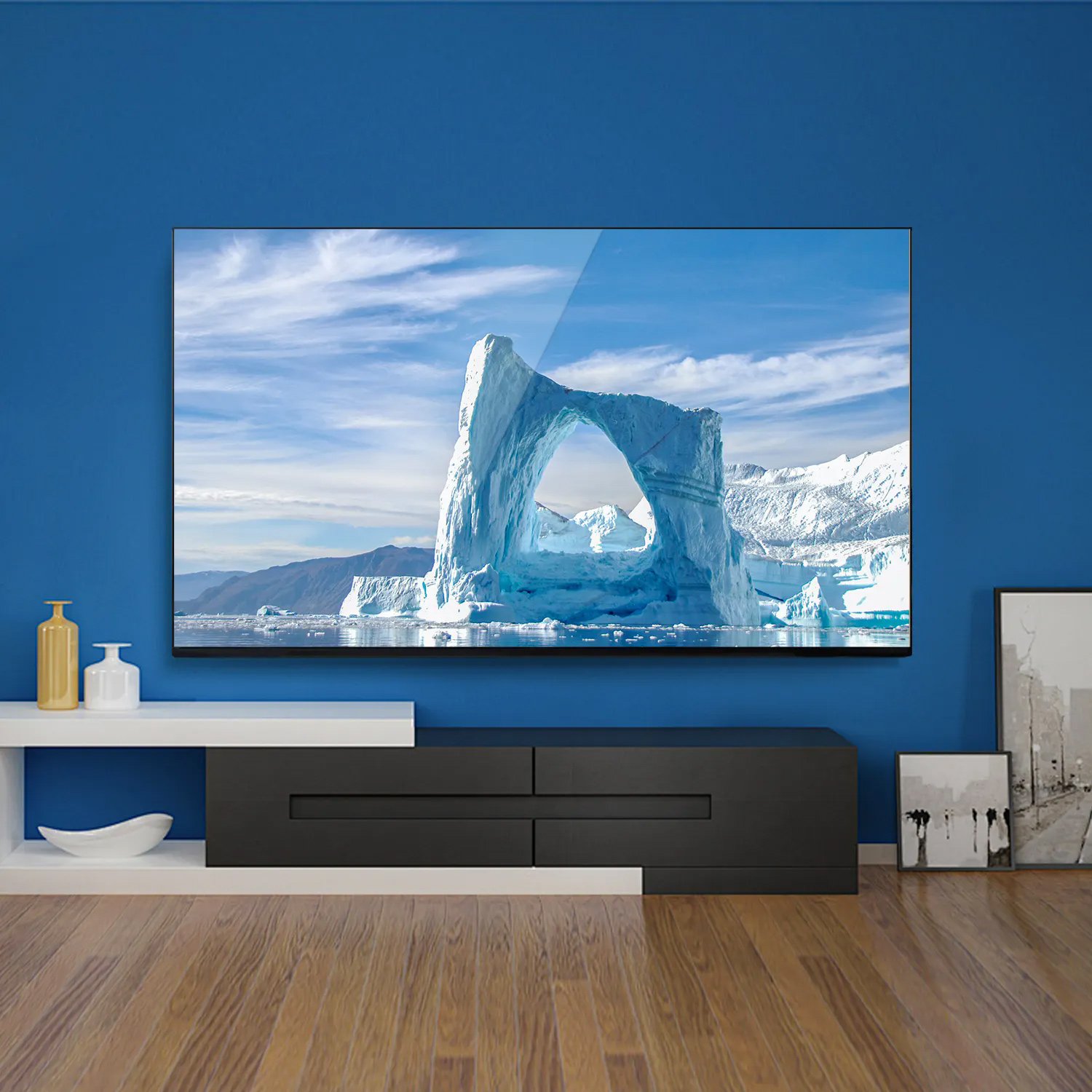The Evolving Landscape of OEM Television Manufacturing
Introduction to OEM TV Production
Original Equipment Manufacturer (OEM) television production refers to the business model where companies design and manufacture TVs that are eventually branded and sold by other companies. This symbiotic relationship allows brand owners to focus on marketing and distribution while leveraging the technical expertise of specialized manufacturers.
Key Market Drivers
- Cost Efficiency: OEM production reduces R&D and manufacturing costs for brands by 30-50% compared to in-house production
- Technical Specialization: Leading OEMs like TCL, Hisense, and Foxconn possess advanced panel technologies and automated production lines
- Supply Chain Optimization: Established OEM partners provide complete solutions from component sourcing to final assembly
- Market Responsiveness: OEM flexibility enables faster adoption of new technologies (QLED tv, Mini-LED, MicroLED)
Current Industry Trends
- Premiumization Strategy: OEMs now offer tiered manufacturing solutions from budget to premium 8K models
- Vertical Integration: Major players control entire supply chains from glass substrates to finished products
- 43 inch Smart TV OEM Dominance: Android TV and proprietary OS integrations account for 78% of OEM production
- Sustainability Focus: Energy-efficient designs and reduced packaging waste becoming standard requirements
Challenges in OEM TV Manufacturing
- Intellectual property protection concerns
- Fluctuating panel prices affecting profit margins
- Increasing labor costs in traditional manufacturing hubs
- Strict compliance requirements for different regional markets
Future Outlook
The global OEM smart TV market is projected to grow at 6.2% CAGR through 2030, driven by:
- Emerging market expansion
- Hospitality and commercial display demand
- Technological advancements in display panels
- Customization capabilities through IoT integration
For brands considering OEM partnerships, critical evaluation factors should include manufacturing capabilities, quality control systems, compliance certifications, and after-sales support structures.









